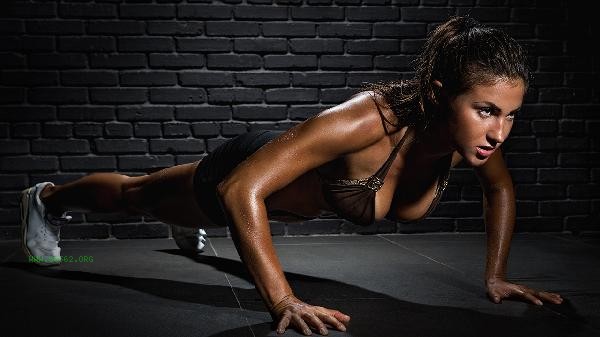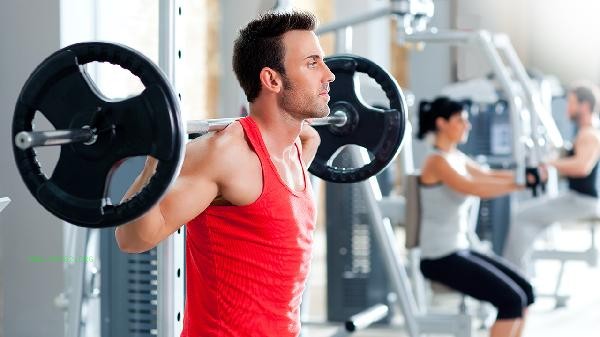Dumbbells are effective tools for exercising the buttocks, which can strengthen the gluteal muscles through targeted movements such as squats, hard pulls, lunges, buttock bridges, and side leg lifts. During training, it is important to pay attention to proper movement and weight selection to avoid sports injuries.

1. Squat deeply
Hold dumbbells with both hands on your shoulders or sides of your body, and stand with your feet shoulder width apart. Bend your hips and knees, squat down until your thighs are parallel to the ground, keep your back straight, and use your hips to stand up. This action can fully stimulate the gluteus maximus, quadriceps, and hamstring muscles. It is recommended to gradually increase the load from light weight.
2. Hard Pull
Stand with both feet hip width apart, holding dumbbells with both hands and placing them in front of your thighs. Maintain a neutral position of the spine, bend the hip and lower the dumbbell along the calf to stretch the hamstring muscles. Then, the gluteal muscles contract to drive the body upright. Romania's hard pull stimulates the upper edge of the gluteus maximus more significantly, so be careful to avoid arching the back.
3. Bow step squat
Step forward with one leg to form a bow step posture, and hold dumbbells with both hands to naturally hang down. Bend the knee joint of the front leg to 90 degrees, bring the knee of the back leg close to the ground, and use the gluteal muscles to push the body back to the starting position. Alternating can balance the development of bilateral buttock strength, and it is recommended to focus on stimulating the gluteus medius muscle by adjusting the stride.

4. Hip Bridge
Lie down and bend your knees, place the dumbbell on your hips, and keep your feet flat on the ground. Tighten the core, exert force on the hips to lift them up to the shoulders and knees in a straight line, and slowly descend after the peak contraction. This movement can isolate and train the gluteus maximus muscle, and can be increased in difficulty through single leg variations, but it is necessary to ensure that the dumbbells are fixed and prevent slipping.
5. Side leg lift
Side lying support, with dumbbell straps tied to the upper leg or holding a small weight dumbbell. Maintain pelvic stability, apply force from the outer side of the buttocks to lift the leg to about 45 degrees and then control its descent. This action mainly strengthens the gluteus medius and gluteus medius, which has a significant effect on improving the depression on both sides of the buttocks. It is important to avoid shaking the body back and forth.

Dumbbell buttock training should follow the principle of gradual progress, with 2-3 training sessions per week and 30-60 seconds of rest between groups. Warm up the hip joint thoroughly before training, and use static stretching after training to prevent muscle stiffness. Ensure sufficient intake of high-quality protein in diet, such as chicken breast, fish, and soy products, to help with muscle repair and growth. For those with a larger weight base, it is recommended to first master the manual movement mode and then gradually increase the weight. If there is discomfort in the waist or knee joints, immediately stop training and consult a professional coach to adjust the movements.






Comments (0)
Leave a Comment
No comments yet
Be the first to share your thoughts!